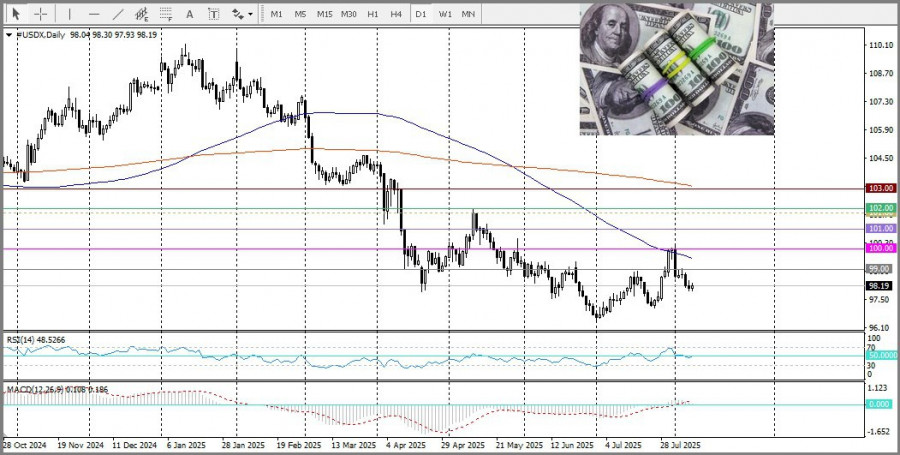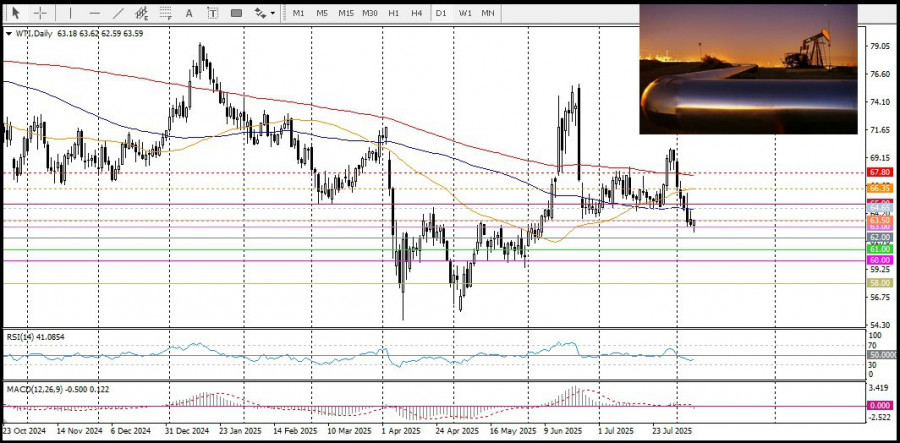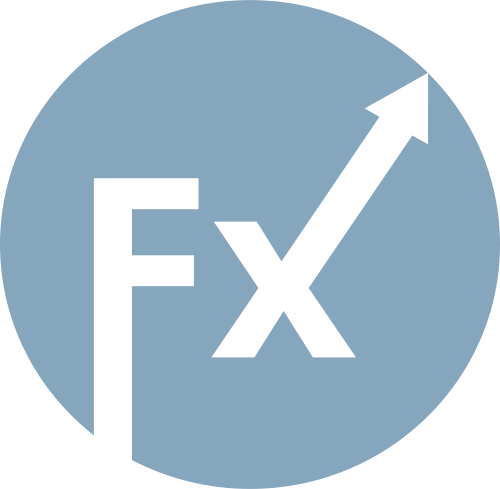Today, the pair is declining toward the psychological level of 1.3700. Traders have increased their expectations of a September Fed interest rate cut following a weaker-than-forecast July U.S. Nonfarm Payrolls report. Moreover, the current market outlook suggests at least two 25-basis-point rate cuts before the end of the year. These expectations have been the main driver of recent U.S. dollar weakness, continuing to pressure USD/CAD.
At the same time, crude oil prices are fluctuating near a two-month low amid concerns that higher U.S. tariffs could slow global economic growth and reduce fuel demand. 
Combined with ongoing trade uncertainty, this is weighing on the Canadian dollar, which is tied to commodity prices, and is preventing a deeper USD/CAD decline. It is also worth noting that last week, U.S. President Donald Trump raised tariffs on Canada from 25% to 35%. Meanwhile, dovish expectations for the Bank of Canada are creating additional headwinds for the Canadian currency.
Particular attention will be on the upcoming release of Canada's monthly employment data, which could have a significant impact on the pair's performance. Last week, the Bank of Canada signaled the possibility of further monetary policy easing, and markets are pricing in a potential rate cut as early as next month. This warrants caution in forming new USD/CAD forecasts, especially for sellers. However, the Bank of Canada's final decision will depend on incoming data.
From a technical standpoint, the pair is finding support at the 100-period SMA on the four-hour chart, around 1.3730. A break below this level would expose the psychological level of 1.3700, where the important 200-SMA on the same timeframe is located. Oscillators on this chart are in negative territory. The main resistance to the upside is at the 50-EMA, near 1.3758. A breakout above this level would open the way for a move toward the 1.3800 psychological level, with some resistance near the 50-SMA.
It should also be noted that on the daily chart, oscillators have not yet entered negative territory, so traders with a bearish bias should wait for a confirmed break below the 1.3700 level before opening short positions.

QUICK LINKS